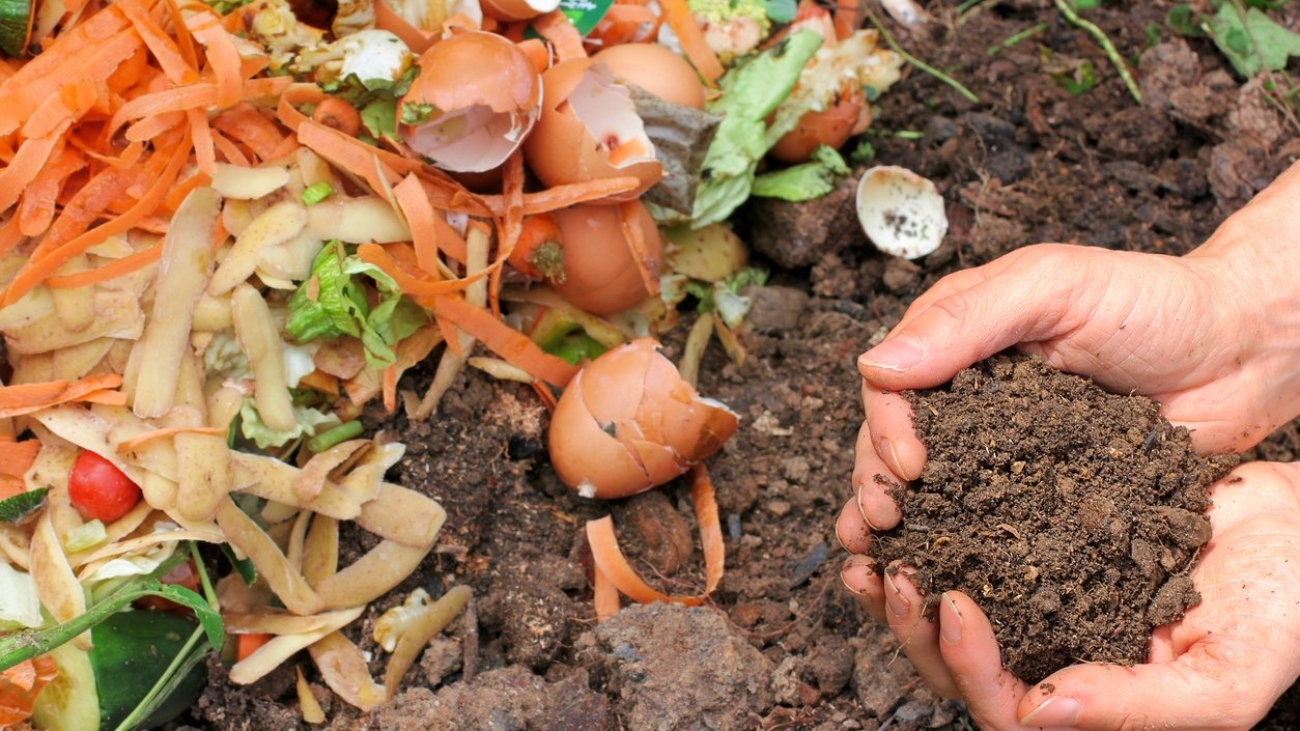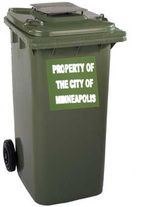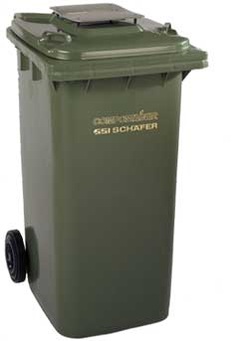A super-easy way to decrease your electricity bill is to switch all your incandescent lights to CFLs. Change 10 or more frequently used lights and chances are you will see an immediate impact on your bill.
Steps you can take to seriously reduce your energy use.
Many families could achieve the first 1,000 kwh/year of savings by washing clothes in cold water (770 kwh/yr); placing several major electronics, such as video and stereo systems, on a surge protector that can be switched off (47kwh/year); and brushing of their refrigerator’s condenser coils twice a year (392 kwh/year). Many families could get another 1,000 kwh/year reduction by replacing half of their incandescent lighting with compact fluorescents (440kwh/year), letting the dishes in the dishwasher air dry (404kwh/year), and enabling the “sleep” function on their computer and printer to go on after five minutes of non-use (259kwh/year).
Level 1:
Simple Things You Can Do Today
Take these actions and save up to 33 percent of your energy use!
Turn Off Lights You’re Not Using
Take the step: Make a pact with your family to be extra mindful about shutting off lights when they leave a room. A good rule of thumb is that there should be a maximum of one light on in your household per person at any given time. You can even put little reminders around your switchplates–For a switchplate reminder, download here from Co-op America. Or, install motion sensors (about $20 each) that turn the lights off after a room has remained empty for a certain amount of time.
Why: lluminating rooms that aren’t in use is a huge waste.
Schedule an Energy Audit
Take the step: Get an energy audit performed on your home.
Why: Get expert advice to help you identify ways you can use less electricity and plug energy leaks in your home. You’ll get the most cost-effective and useful steps that will help you reduce your energy use, lower your home’s global warming footprint, and lower your energy bills, too. Your local utility will probably provide an energy audit for free, but you may get a more comprehensive audit—allowing you to save even more money in the long run—by paying for a whole-house energy audit.
The big picture: Taking all of the most cost-effective strategies for energy efficiency can cut your energy use in half, save you 50 percent or more off your energy bills, and halve your household global warming emissions, too.
Let Your Dishwasher Breathe
Take the step: Skip the energy-intensive drying cycle on your dishwasher and choose the “air-dry” option, or open the door overnight for some zero-energy dish-drying action.
Why: The drying cycle uses up a lot of energy and money, while just letting dishes air-dry will accomplish the task for free.
Shift Your Load to Off-Peak Times
Electricity demand goes down at night and begins rising in the morning, peaking at mid-day before falling back down at nightfall again. Because power sources have to produce the electricity around the time of its use, without any capacity for long-term storage, it is our peak demand that determines the expansion of dirty coal-fired power plants and other polluting forms of energy generation. Someday, utilities may use smart meters to help us even things out, but until then, you can do your own private “load shifting” by trying, whenever possible, to wash laundry or run the dishwasher at nighttime and as far possible from mid-day. “Delay” settings on appliances sometimes make this easy to do—many dishwashers, for example, can be set after dinner to go on in four hours and wash the dishes while you sleep.
Bonus: Your utility company may shift to time-of-day metering in the future, so you’ll actually pay less when you use electricity at night.
Don’t Heat or Cool Empty Rooms
Take the step: If there is a room in your home that is largely unused, close the vents to save on heating and cooling costs. Always turn off room air conditioners as you leave a room. When you go on vacation, set the thermostat at least ten full degrees below (in winter) and above (in summer) where it’d be if you were home; no need to heat or cool a house when no one is home.
Why: Heating and cooling rooms no one is in wastes energy (and money!) and generate needless emissions.
Turn Off Your Electronics
Take the step: If you’re going to be away from your computer or other appliance for more than an hour, turn it off as you leave the room.
Why: Some people mistakenly think it takes a giant burst of energy to power up a television, computer, or game console, and so they leave these electronics on continuously. However, even on an “energy-saver” setting, a computer, game console, or television wastes much more energy when it’s on all day than if you really turn it off.
Eliminate “Phantom Load”
Take the step: Many electronics use electricity even when they’re turned off—so your best bet is to unplug electronic devices and appliances when they’re not in use. Or, plug your TV and accessories into one power strip and switch off the whole strip to eliminate this “phantom load.”
Why: At least five percent of the average household’s monthly utility bill goes towards powering devices that are turned off. TVs, DVD players, computers, printers, and cell phone chargers are just some of the devices that leak power even when they aren’t on—in fact, a quarter of the energy used by your TV each year is consumed when the TV is off.
Eliminate Your Second Fridge, and Show the First One a Little Love
Take the step: If you’re paying to power a second refrigerator or freezer in your basement, try to make do with one fridge in the kitchen and unplug the extra one.
You can help your first fridge function more efficiently by placing jugs of water in any empty space inside (water retains cold better than air does), and by taking some time once every six months to pull the fridge away from the wall and scrub down the grime that accumulates on the coils. (One of our editors found that her fridge was so much more efficient post-scrub that she could set the thermostat higher for the same chill!)
Why: The refrigerator is often the biggest energy-using appliance in a home. A typical refrigerator uses more than 1,300 kWh a year and costs the average American household $120 a year in electricity.
Wash Clothes in Cold Water
Take the step: Turn the knob on your washing machine to “cold/cold” today, and leave it there. If you use a laundromat, post this flyer from the Center for a New
American Dream to spread the word about washing in cold.
Why: With modern washing machines and detergents, washing your clothes in cold water gets them just as clean as washing in hot water, but it uses half the energy. In situations where you
do need hot water—for example, to kill dust mites in bedding— choose cold water for the rinse cycle.
Give the Dryer a Rest
Take the step: Consider skipping the dryer and hanging your clothes to dry on a rack or a clothesline. (For support in line-drying your clothes and to help fight anti-clothesline ordinances in your neighborhood, join Project Laundry List.) You can avoid wrinkles by using your dryer for five minutes, then hanging clothes on the line. Please note that if you have pollen allergies, you’ll want to skip the outdoor clothesline and use an indoor drying rack instead.
Why: It takes a huge commitment of energy to run a dryer— all to do something that the air, given a little more time, will do for free. Many households spend more than $100 a year on the energy used by their dryer.
Level 2:
A Little More Time, A Lot More Savings
Take these actions and save up to 56 percent of your energy use!
Replace Your Light Bulbs
Take the step: Replace the incandescent light bulbs in your house, even if they haven’t yet burned out, with compact fluorescent light bulbs (CFLs).
Why: You’ve been hearing about the wonders of CFLs for years now—they last ten times longer and use one-fourth as much energy as incandescent bulbs—but you might still have some old incandescent bulbs around your house. Incandescent bulbs are inefficient because they give off 90 percent of their energy in heat—while CFLs give off little heat. Don’t let the higher price of a CFL stop you—because CFLs use so little energy and last so much longer, a CFL bulb will save you $30 or more over its lifetime.
Please note that CFLs do contain a small amount of mercury. However, CFLs still result in fewer mercury emissions than incandescents. The average coal-fired plant spews about 13.6 mg of mercury to power an incandescent bulb, while it only emits 3.3 mg to power a CFL. Add that to the 5 mg of mercury the average CFL contains, and you still come out ahead. Be sure to dispose of CFLs properly: call your local solid waste authority for local options, or take them to your local hardware store (some may charge a small fee). CFLs must be recycled properly, please DO NOT place it in the trash.
Light-emitting diode, or LED, lights are also becoming more widely available for uses around the home. A mercury-free LED light lasts about 50 times longer than an incandescent bulb. You can now find LED reading lamps and LED Christmas lights. A strand of LED Christmas lights uses 90 percent less energy than incandescents.
The big picture: If each home in America replaced one bulb with an Energy Star CFL, it would save enough energy to light 3 million homes for a year and prevent greenhouse gases equivalent to the emissions from 800,000 cars.
Resources: The Energy Star program’s page on CFLs includes information about clean-up and disposal of broken CFLs, as well as energy-saving calculators and purchasing tips.
Plug Your Air Leaks
Take the step: Plug the energy leaks in your home. Call your utility for a free energy audit, or call an energy auditor in your area—they will be able to find the air leaks in your home and assess how you can fix them. A local contractor can help you plug those energy holes, or you can seal leaks around windows and doors yourself with weatherstripping or caulk available at your local hardware store.
Why: Investing in energy-efficient heating and cooling systems will only take you so far if your home is leaking out the cool or warm air you’re putting in it. The EPA estimates that properly sealing and insulating the “shell” of your home—its outer walls, ceiling, windows, and doors—is often the most cost-effective way to improve energy efficiency in your home. By properly sealing and insulating your home, you can save anywhere from 5 to 50 percent of your energy bill each year. Only 20 percent of homes built before 1980 are well-insulated, so if you own an older home, you should assess if you need more insulation.
The big picture: If one-fourth of US households weather-stripped and caulked their doors and windows, it would save enough energy in heating and cooling costs to prevent 8 million tons of CO2 from being emitted.
Resources: The Energy Star program’s Do-it-Yourself Guide to sealing and insulating your home includes step-by-step information on how to find and plug air leaks. Find nontoxic insulation made from recycled cotton; ask your local hardware store, or look in the “Building—Supplies/Kits” category of our National Green Pages™.
Reduce Your Water Use
Take the step: Reduce the water you’re using. Simple ways to save water include fixing any leaks around your house and replacing faucets and showerheads with low-flow alternatives.
Why: According to the EPA, American public water supply and treatment facilities consume enough electricity each year to power more than 5 million homes. So think of turning off your faucet when you don’t need it as you do turning out the lights when you leave a room. In fact, the energy used to transport and treat the water that runs out of your tap for five minutes would power a 60-watt light bulb for 14 hours. Additionally, water shortages are becoming a harsh reality for many communities—a recent government survey found that at least 36 states are anticipating water shortages by 2013.
The big picture: If just one out of every 100 American homes changes to water-efficient fixtures, we would avoid adding 80,000 tons of greenhouse gas to the atmosphere, says the EPA.
Resources: The EPA’s WaterSense program has information about installing low-flow water fixtures, low-water-use landscaping, and more.
Cut Waste Through Windows
Take the step: Plug window leaks: Make sure that the edges of your windows are properly sealed. Fill any gaps with caulk (find no-VOC caulk from AFM Safecoat) to stop air leaks.
Cover up in winter: By covering windows with heavy curtains or drapes, you can greatly cut down the heat loss. You can also purchase storm-window kits from your local hardware store. These kits come with plastic film and a special tape and will cost you about $3–$8 per window. Reflective “Low-E” films are also available, which reduce the amount of heat that escapes through windows while still letting light through.
Check out: How Does An Led Light Bulb Work




